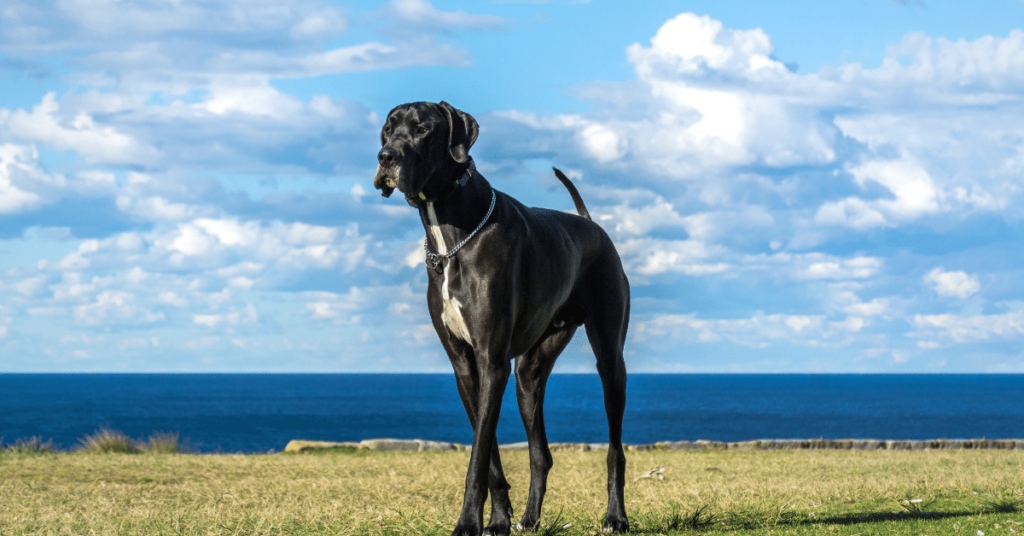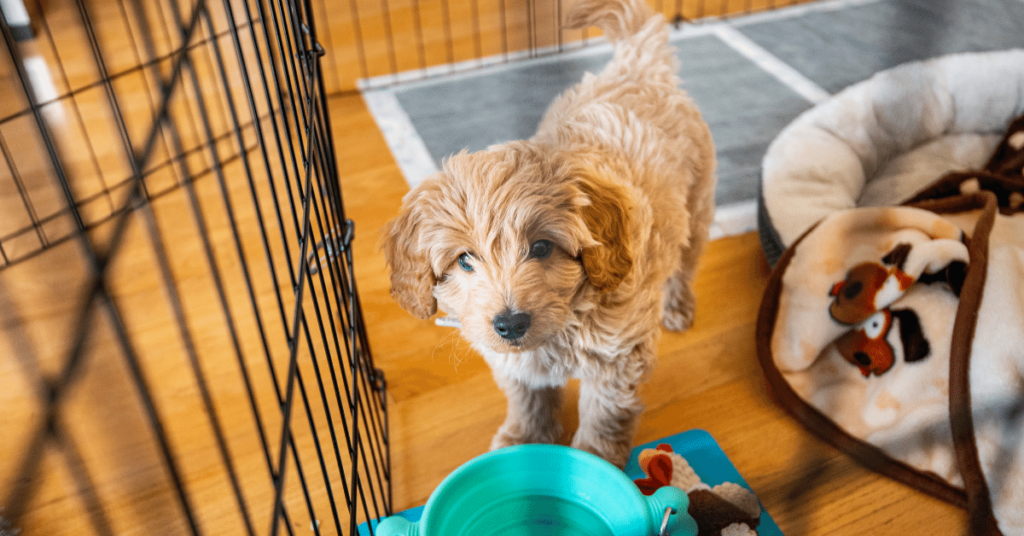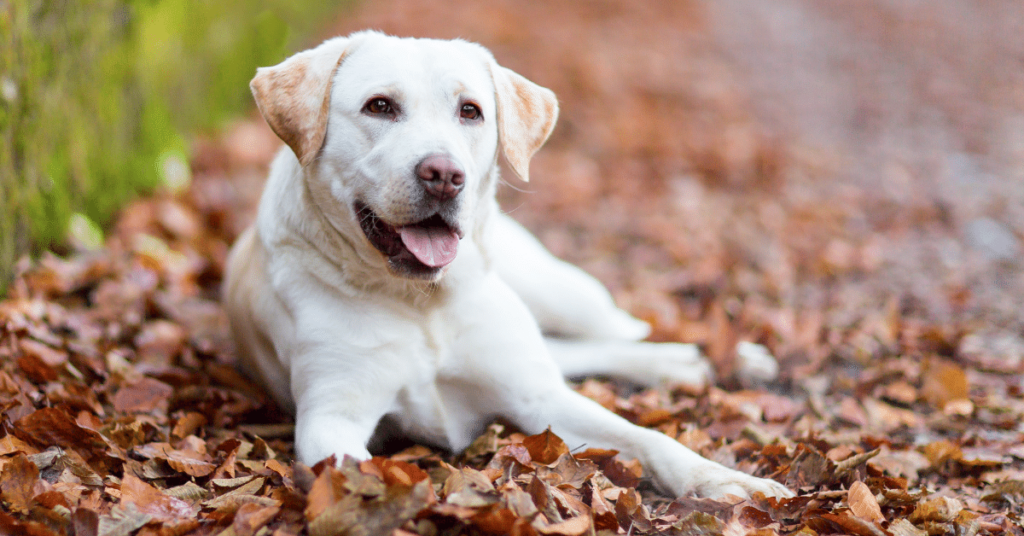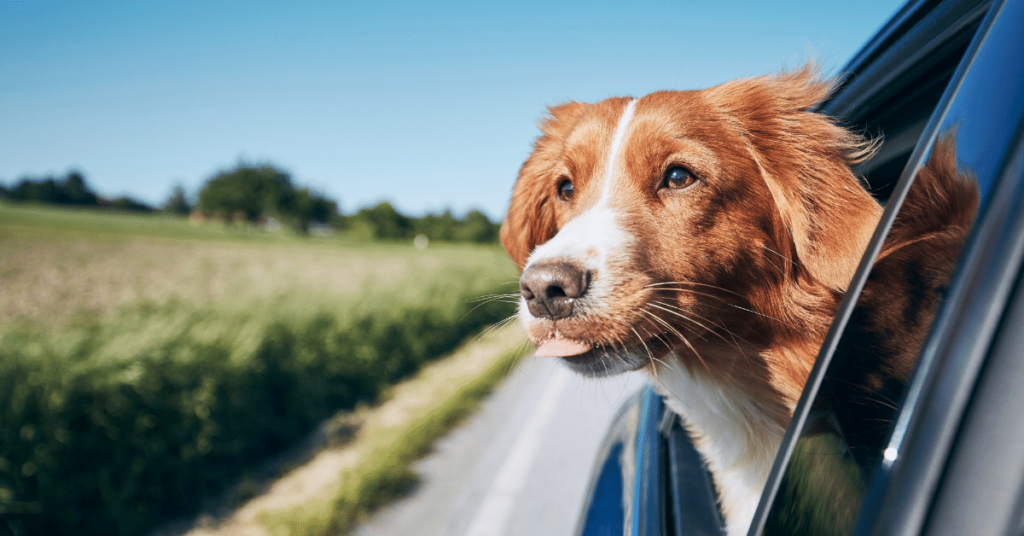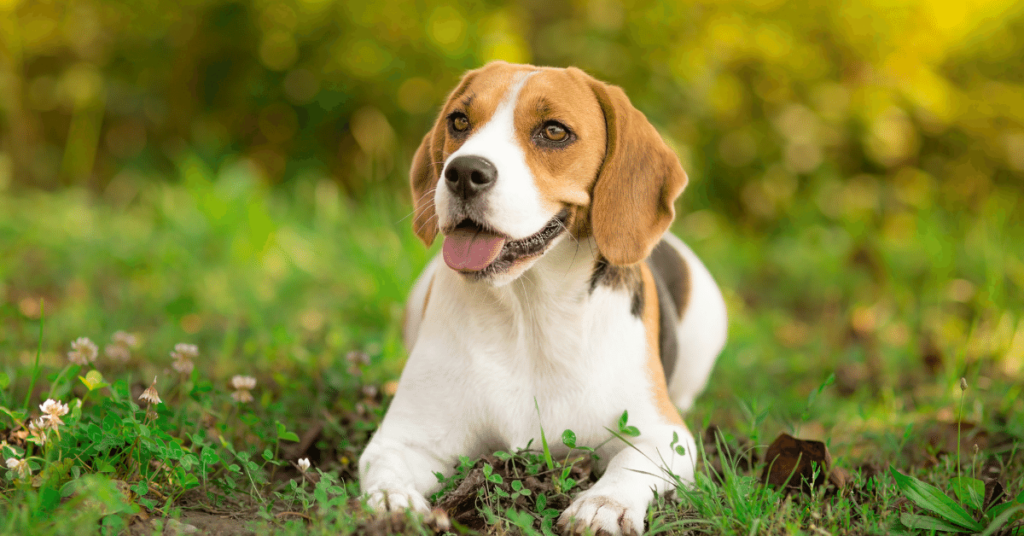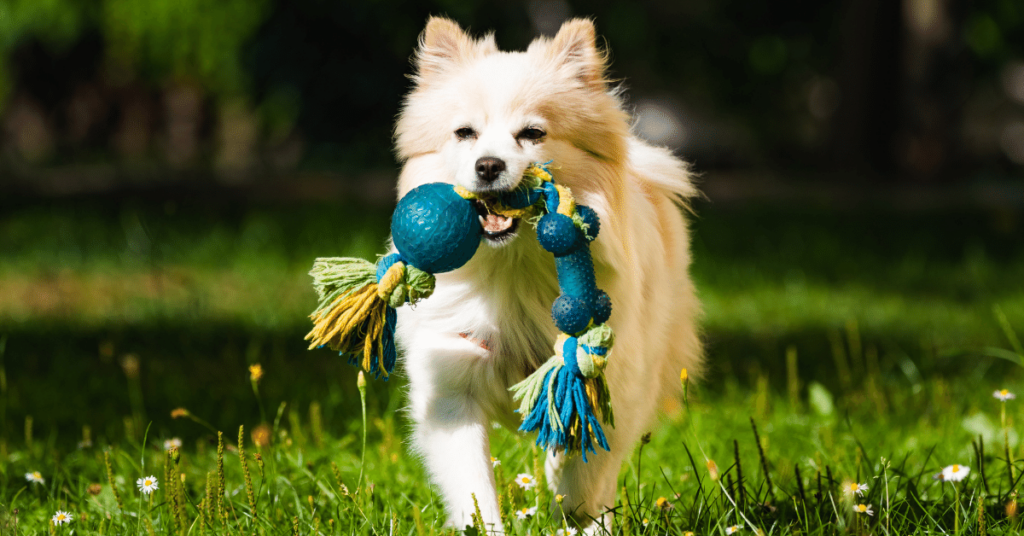Introduction
The Great Dane is often referred to as the “gentle giant” of dog breeds due to its imposing size and friendly nature. This majestic breed can make a wonderful addition to any family, provided they receive proper care, training, and socialization. In this guide, we will explore the various aspects of owning a Great Dane, including their traits, health needs, care requirements, and training tips.
Breed Overview
With its immense size, the Great Dane stands tall as one of the largest dog breeds in the world. They exude elegance and strength, their muscular bodies often reaching a height of up to 32 inches at the shoulder. Great Danes have a short, glossy coat that comes in various colors, including brindle, fawn, blue, black, and harlequin.
Gentle and Friendly Temperament
Despite its massive physique, the Great Dane is known for its gentle and friendly temperament. They are generally good-natured, patient, and sociable dogs, making them suitable for families with children and other pets. Great Danes thrive on human companionship and form strong bonds with their owners. However, early and ongoing socialization is crucial to ensure they grow into well-rounded, well-behaved adults.
Exercise and Activity Needs
While the Great Dane may appear as a couch potato, they still require regular exercise to maintain their physical and mental well-being. Daily walks, play sessions, and ample room to move around are necessary to prevent obesity and keep their muscles toned. It’s essential to strike a balance between exercise and rest due to their giant size, which puts extra stress on their joints and bones.
Health Considerations
As with any dog breed, the Great Dane is prone to certain health conditions that prospective owners should be aware of. One of the major concerns is gastric dilatation-volvulus (GDV), commonly known as bloat, which can be life-threatening. Other health issues include hip dysplasia, cardiomyopathy, and certain types of cancer. Regular veterinary check-ups and a nutritious diet can help mitigate these risks and ensure the overall well-being of your Great Dane.
Grooming and Care
Despite their size, Great Danes have relatively low grooming needs. Their short coat requires minimal brushing to keep it shiny and healthy. However, they do shed moderately, so regular brushing can help reduce loose hair around the house. Additionally, regular nail trimming, ear cleaning, and dental care are essential parts of their overall grooming routine.
Training Tips
Due to their gentle nature, Great Danes respond well to positive reinforcement training techniques. Early socialization and consistent, patient training will help mold them into obedient and well-behaved companions. As with any breed, it’s important to start training from an early age and be consistent and firm while avoiding harsh methods. Great Danes are intelligent dogs, so mental stimulation through training and interactive toys is also beneficial.
Conclusion
The Great Dane is a remarkable breed that combines size, grace, and a gentle temperament. They have specific care needs, including exercise, socialization, and regular veterinary check-ups. With proper training and care, the Great Dane can become a beloved member of any family. However, it’s important to understand and meet their unique requirements to ensure they live a healthy, happy life.

